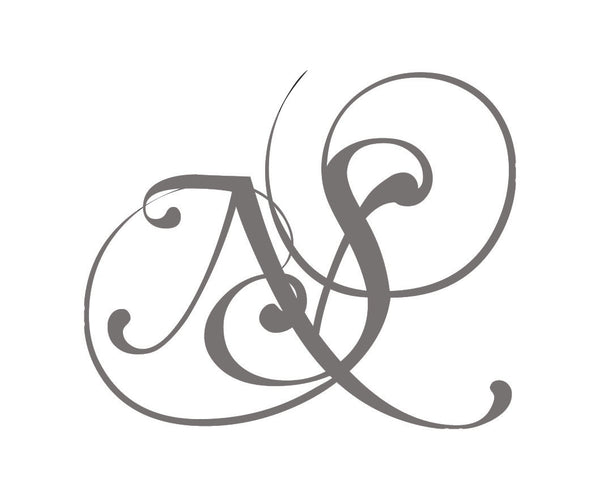Buying Wedding Rings - Part Two - Materials

When it comes to choosing wedding rings one of the key questions is which material to choose. If you have an engagement ring then that sometimes makes the decision for the brides ring, some couples like to match but I find more don’t than do choose to have the same materials.
Gold
9ct gold is probably the most popular choice for my designs. The colours of 9ct are quite soft in comparison to 18ct gold, it’s very easy to wear, hard wearing enough for every day and the most reasonable option, apart from sterling silver.
18ct gold has double the actual gold content, and is therefore generally just over double the price of 9ct. It comes in the same 3 colours of yellow, rose and white. Depending on who you ask you can get many different answers to whether 9ct or 18ct gold is more hard wearing, my advice would be that 18ct is definitely not twice as durable so you should pick this if you prefer the look, not because you think it will last better because both are perfectly suitable for everyday.
18ct yellow gold is a stronger colour than 9ct, although older rings can sometimes be less of an obvious match for one or the other.

Rose gold is probably the colour which is most similar between the two carat versions. The 18ct is a bit richer, with a yellow tone in certain lights, which is the higher gold content showing through. Rose gold can be more variable between different brands however, so if your ring is from outside the UK in particular it’s worth checking that the gold will be a good colour match.
White gold is a bit more complicated. Generally in the UK both 9ct and 18ct are sold plated in rhodium which is a bright white, more similar to sterling silver but really cold. Underneath the plating 9ct white is mostly made up from silver and gold, so is a soft warm white. 18ct is generally mixed with palladium so is darker and more steely, like platinum but with a brownish tinge in some lights.
My advice with white gold is that if you are matching a plated ring do make sure that you go for the same carat if possible, so that the rings will continue to match if you decide not to keep plating them. If you aren’t matching a plated ring, go for the colour you prefer without the plate as if you don’t have your rings plated you won’t have the ongoing maintenance.
Sterling Silver
Sterling silver is sometimes described as too soft for wedding jewellery. It is the softest of the precious metals, so I probably wouldn’t recommend having a very delicate piece in silver unless you are willing to replace your wedding jewellery at some point in the future. Chunkier pieces generally aren’t a problem.
Silver does pick up a patina of scratches and dents over time, but a lot of people quite like this soft look so it’s only a negative if you don’t.
Silver does naturally tarnish if left in the air, if untouched it will eventually turn quite black. This generally isn’t a problem if you are going to wear a piece every day as the contact with your skin will keep the ring clean. Sometimes people seem to expect silver to go black eventually regardless of how much it is worn, I think this confusion possibly comes from plated pieces which are going to lose their silver at some point and this can look like tarnish.

Platinum and Palladium
Platinum and Palladium are two very similar metals, they are the hardest of the precious metals generally worn for wedding jewellery and don’t naturally tarnish.
Platinum is better known than palladium as it has been used for much longer, it is the most expensive option for wedding jewellery partly due to the fact it is very dense which makes the pieces very heavy.
Platinum is often sold as the best option for wedding jewellery as it is so tough, but it can scratch and dulls more easily than gold.
Palladium is quite a recent addition to the jewellery market. It is really similar in appearance to platinum but less heavy so tends to be more affordable. Similarly to platinum it is a very resilient metal so good for more delicate pieces, but it doesn’t have the natural brilliance of gold.
All precious metals are reasonably delicate, so if you have an active job or something that is quite manual it can be difficult to decide what the best option is. Platinum is the toughest metal but it is also hugely expensive, and it can still be damaged by steel tools and scratch quite easily. Palladium similarly is tough but can be brittle. Sometimes a better option is to go for a less expensive silver ring which you don’t need to worry about so much, or in some cases I have supplied an extra silver ring for work wear. Of course most things that will damage your ring will do more damage to your fingers, so most people won’t have a problem with this, as long as you don’t pick a design which sits very high or is likely to catch easily.
